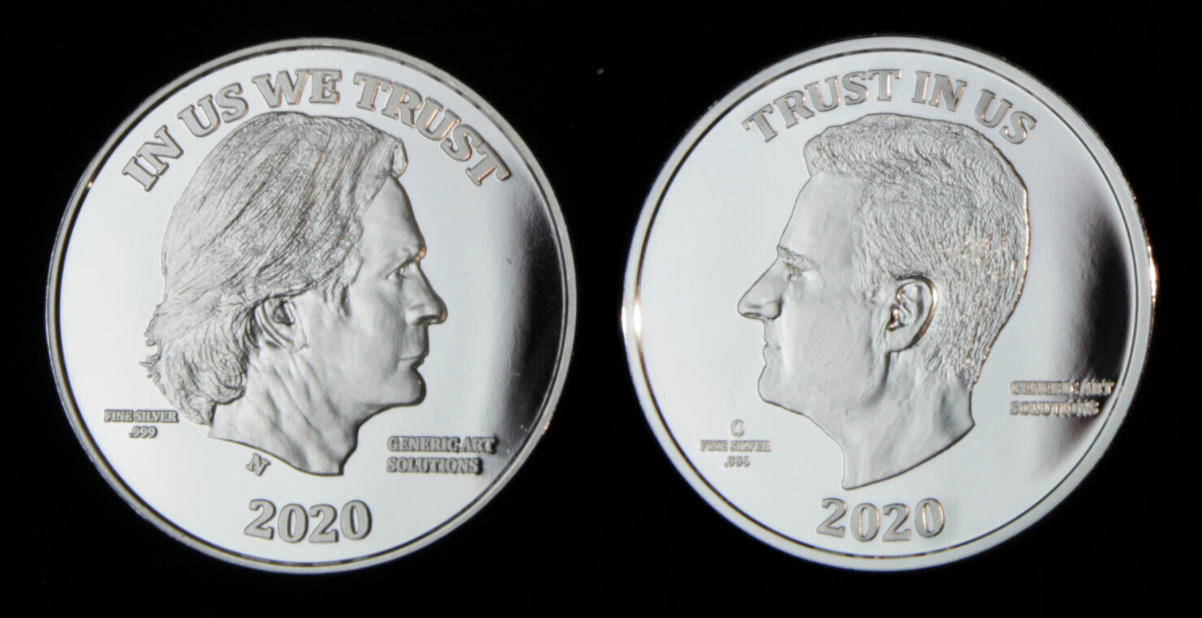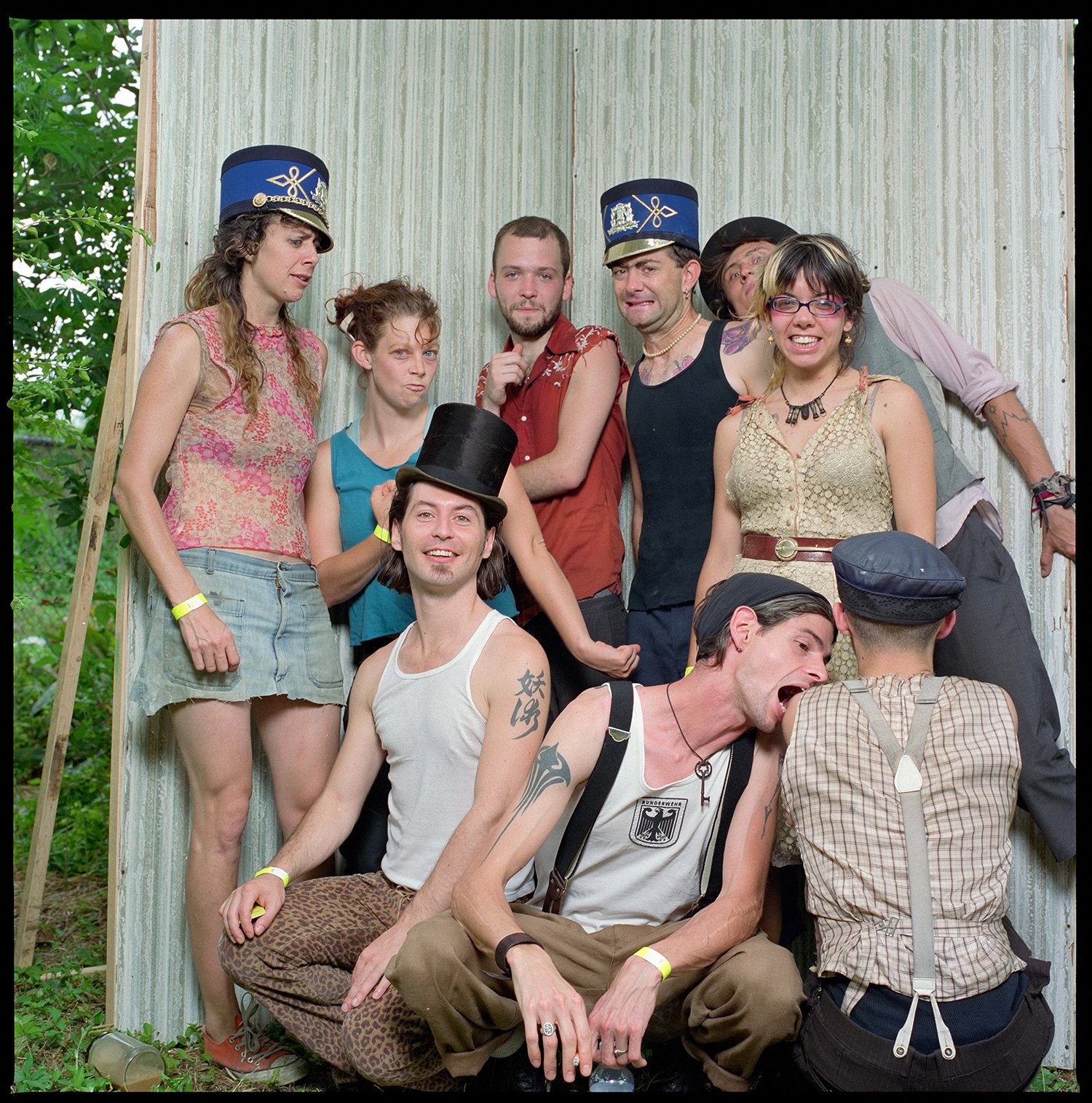An Unfocused "Homage"

In his new book of photos "Homage: New Orleans," Leon Morris lets us see what he took home from Jazz Fest over the years.
In the months after Hurricane Katrina, I remember talking to a writer who speculated that it would be more than a decade before The Times-Picayune would go a week without the word “Katrina” appearing. He didn’t say it cynically. He rightly recognized Katrina as such a momentous event that we would continue to deal with its aftermath for at least a decade. At the moment, all skepticism is valid as the barrage of tenth anniversary coverage feels like overkill no one asked for that doesn’t illuminate anything new. I had planned to stay out of the K+10 game, but Leon Morris’ beautiful new photo book, Homage: New Orleans, pushes some buttons worth exploring. (Click on photos to see them in a viewer.)
Images from the book will be on display at the New Orleans Healing Center from August 16-30, and Morris will be there August 18 at 6 p.m. for a book signing. He describes himself in the afterword as “one of the last generation of craft photographers,” and you can see the pride he takes in that in his photographs. In terms of composition, they’re pretty familiar documentary shots. His camera sees a lot of concentration and commitment, but few tell stories or give us a new perspective on the subject of the show. Instead, they are precise images that embrace the humanity of his subjects down to the textures of their skins. Morris’ photos respect his subjects and imbue a subtle dignity, even when the photo is of Eddie Bo clowning away from his piano. His subjects are pretty canonical, but that’s not a big surprise. Morris is an Australian photographer who started coming to New Orleans to Jazz Fest in 1994, and his New Orleans is heavily influenced by the version of the city’s music that the festival presents.
Nonetheless, that results in a book that only pays tribute to a part of the New Orleans music community, and asks those members not included to see their recognition in photos of Dr. John, Irvin Mayfield, Kermit Ruffins, Shamarr Allen and the like. Rock bands and rappers are excluded—not a big surprise—and the text from an article he wrote about about a night in New Orleans in 2009 ends with a perplexed Morris scandalized by bounce and booty-shaking dancers.
Morris sees New Orleans through the lens of Jazz Fest to such a degree that three-quarters of the book has nothing to do with New Orleans other than that most of the photos featured were shot at the Fair Grounds. If we want to read Homage: New Orleans as coherent, we have to accept the transitive property that performing at Jazz Fest makes you a New Orleanian—a concept that many who visit the festival regularly might embrace. Or, that New Orleans is a set of values, and Chuck Berry, James Brown, Jimmy Cliff, and Elton John embody them, which makes them de facto New Orleanians. Or, we could think of the book as a cynical attempt to find a marketing hook for a book of his photos, and the tenth anniversary of Hurricane Katrina is that hook.
That conundrum—how to interpret things?—was a post-Katrina phenomenon. Morris’ writing is heartfelt, so it feels wrong to dismiss Homage: New Orleans as a cash grab and ungenerous to think of it cynically. But taken at face value, it has some very significant problems. Morris’ tone borders on the anthropological at times, like the explorer who went to deepest, darkest Mid-City and the French Quarter to discover the rituals of the New Orleans tribe. And to abandon that tribe after fewer than 80 pages marginalizes the city whose name is on the cover. That kind of inadvertently backhanded support was very much a part of 2005 and 2006, and everybody who was here had to decide—do you bust on the well-meaning person trying to be sympathetic and helpful, or do you acknowledge the sentiment and bite your tongue about the shortcomings of the actual gesture?
That phenomenon was particularly evident during Prospect.1 in 2008 when work by national artists sympathetically expressed outrage toward our government. As supportive and understandable as the outrage was, it was emotionally six to nine months behind a citizenry that had moved on to a more pragmatic stance. Although the work stood in solidarity with New Orleanians, it was hard to shake a feeling of presumption, that these artists thought they knew what we were going through, or thought they knew enough about it to feel like they could speak to our experience. At a time when we were still processing, many of the gestures felt like attempts to join us, our story, and our underdog nobility. That in particular never sat well—the possibility that people were using our catastrophe to make their own lives feel slightly more dramatic.
It’s also possible, of course, that one of the byproducts of the post-Katrina experience is that we all become slightly more self-absorbed. Maybe everything’s not about us, and Katrina may have happened to us but it doesn't belong to us. It's a national failure that rightly outrages everybody, not only Americans who saw how thoroughly a government had bottomed out. Perhaps it's perversely selfish that we guard our disaster from others who experienced Katrina in whatever way they did--even if it was on the other side of the world.
... but I'm not that enlightened yet. Fair or not, the attitude is real—another post-Katrina truth. And nothing in Morris’ text explains why the majority of his book depicts artists who aren’t from New Orleans, nor does he speak to the possibility that photographing someone onstage at Jazz Fest says something about New Orleans. It’s possible that Morris sees Jazz Fest as a sort of shimmering, magical capital of New Orleans that only appears two weekends a year, and for those two weekends it and everything in it represent the best of New Orleans. But since none of these avenues are explored, we’re left with Homage: New Orleans, a beautiful, well-crafted book with a publication date timed to the ten-year anniversary of Hurricane Katrina that honors many great musicians, some of whom happen to be from New Orleans.








